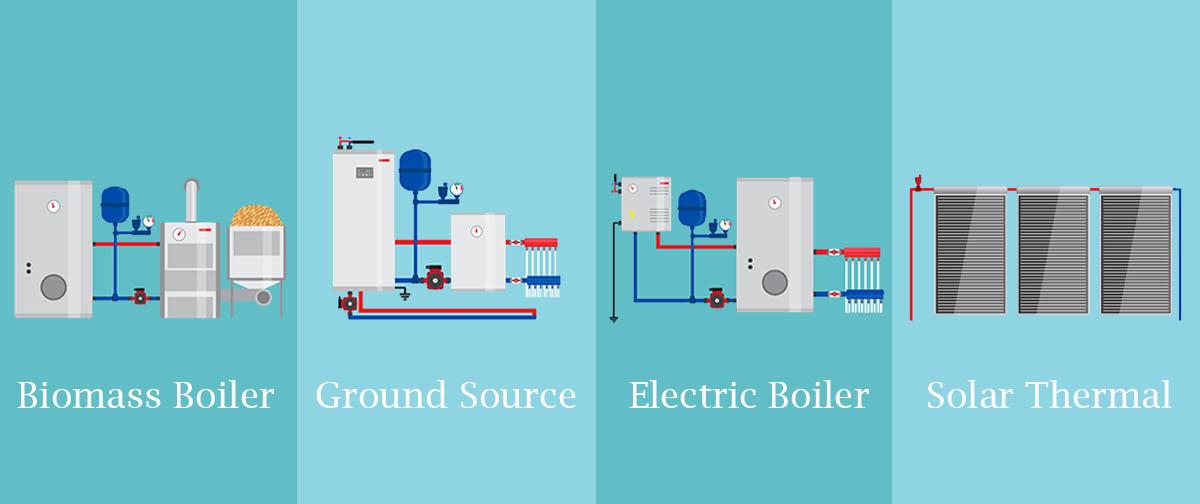A Guide to Central Heating Systems
by Gordon Brown
Affiliate Disclosure ...
THIS PAGE MAY CONTAIN AFFILIATE LINKS, MEANING WE RECEIVE A COMMISSION IF YOU DECIDE TO MAKE A PURCHASE VIA OUR LINKS, THERE IS NO COST TO YOU ... PLEASE READ OUR FULL DISCLOSURE FOR MORE INFO ... THANK YOU!
Posted on 03-03-2020 12:53 AM
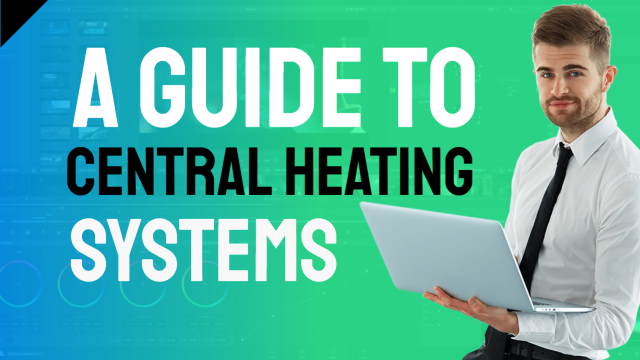
On This Page
- Central Heating Installation
- Gas Central Heating
- Electric Central Heating
- Central Heating Inhibitor Solution
- Central Heating Systems Explained
- Heating Controls
- Central Heating System Cost
- Central Heating System Diagram
- When Were Radiators First Used in Homes
- How a Central Heating System Works in a House
- Best Heating System for a New Build
- Pressurised Central Heating Systems
- Central Heating Radiators
- Central Heating Towel Rails
- Roman Central Heating
- Central Heating System Not Working
Central heating installation can make a huge difference to the comfort of your home, in cold climates. So we have authored this page, to give you our Ultimate Guide To Central Heating Systems.
Central Heating Installation
Embarking upon a new central heating installation in any home is a cost and labour intensive endeavour. There are many tasks needed to be done. Thes start with fitting the pipework throughout your house, placing radiators to be ready for use in your rooms., making good all the pipe routes and flooring removed to gain access to lay the pipes etc. Not to forget, of course, installing the boiler.
Gas Central Heating
If not done so already, we recommend having your gas central heating system upgraded to a modern combi condensing boiler which wil provide near instant hot water for the taps and gas central heating.
By doing it on demand you do away with the need for a gas fire, back boiler, emersion tank and expansion cold water tank in the loft.
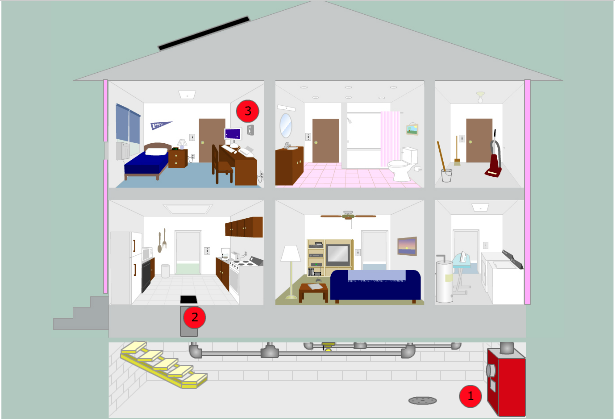 In other words, yet get a much more efficient system that’s far cheaper to run and takes up a lot less space.
In other words, yet get a much more efficient system that’s far cheaper to run and takes up a lot less space.
In our case the old fireplace became redundant so we squared off the original fireplace, plastered the inside and fitted glass shelves inside the recess to make a display area. At a later date a friend helped me to break through the chimney breast above to create recessed area.
We used house bricks to make an arched recess, created a false back with plywood (which we treated with teak oil), faced off the base and front with recycled solid oak floorboards, and then completed by fitting a plate glass shelves.
That's just one benefit, and we hadn't thought of it at the start, yet it has made our living room so much nicer.
Central heating differs from single space heating in that the heat generation occurs in one place.

A boiler or boiler room or basement in a house is the "central" point of heat creation in any so called "central heating" system installation. The heat is distributed throughout the building, typically by forced-air through ductwork, by water circulating through pipes, or by steam fed through pipes.
The most common method of heat generation involves the combustion of the fossil fuel "natural gas" in a furnace or boiler.
In much of the temperate climate zone, most detached housing has had central heating installed since before the second world war.
A cheaper alternative to hot water or steam heat is forced "hot air" electric central heating. A boiler burns fuel oil , which heats air in a heat exchanger , and blower fans circulate the warmed air through a network of ducts to the rooms in the building.
This system is cheaper because the air moves through a series of ducts instead of pipes, and does not require a pipe fitter to install. The space between floor joists can be boxed in and used as some of the ductwork, further lowering costs.
Electric Central Heating
Advantages of electric heating methods over other forms include:
- precision control of temperature and distribution of heat energy
- safer as combustion is not used within the home to develop heat
- the ability to attain temperatures not readily achievable with chemical combustion
- clean in houses, and
- quiet.
Electric heating devices can be built in any required size and can be located anywhere within a home.
People like electrical heating equipment in winter because it has a high speed of response, leading to rapid house warming if required (subject to heater power capacity).
Central Heating Inhibitor Solution
Once your whole system has been installed when new, again whenever the radiators are emptied for any reason, and if needed to be flushed clear you should treat your heating system with an inhibitor.
A corrosion (rust) inhbitor is a chemical solution available at plumbers merchants to prevent he inner corrosion which can otherwise occur in central heating systems.
If no inhbitor solution has been added to the water in a central heating system over time evenually, sludge may build up. This in the end becomes thick and viscous enough to at first reduce the warmth given out by the radiators. As time goes by the radiators affected may noy heat at all.
In addition to adding rust inhibitor liquid to the radiator water many also suggest an additional precation against central heating system corrosion. That is future proofing your heating system by installing a Magnetic Filter System.
Central Heating Systems Explained
A central heating system provides warmth to the whole interior of a building (or portion of a building) from one point to multiple rooms.
When combined with other systems (including insulation) in order to control the building climate, the whole system may be known as an HVAC system. Central heating differs from space heating in that the heat generation occurs in one place
Central heating system has a primary heating appliance such as a furnace or boiler located in an out-of-the-way place such as a basement or garage.
In this design, it delivers heat throughout the house either by pumping warmed air through a system of air ducts or sending hot water or steam through pipes to room radiators or convectors.
With both forced-air and gravity systems, one or more thermostats turn the heating or cooling unit off and on as room temperatures rise and fall.
Heating Controls
All modern cntral heating boilers come with sophisticated heating controls, based upon one or a number of thermostatic controllers around the home. These send a message to the boiler about when, and when not, to supply heat. This is based on maintaining a pre-set room temperature.
If you check behind the cover of your boiler there is a small panel at the top with a red light and a green one. A steady green light and your boiler is working normally.
you check behind the cover of your boiler there is a small panel at the top with a red light and a green one. A steady green light and your boiler is working normally.
Flashing red light means that it is locked out and will need to be reignited by pressing the reset button. This usually fires the boiler back up and should then run normally.
When your circuit board is suspect you find that you get lock outs intermittently at first then it happens more often and eventually will not fire the boiler. Changing the circuit board for a reconditioned unit will be the solution if that occurs.
Central Heating System Cost
Your boiler/ furnace and central heating system carries three main costs, as follows:
- The initial investment cost
- The cost of fuel to run the system
- The cost of maintenance, including annual boiler servicing.
Central Heating System Diagram
Parts of a central gas furnace of course, the central heating system components must work together to keep you comfortable. Temperature control: the temperature control, which is regulated by the furnace control board, turns on the ignition switch and starts the heating process when the thermostat or control system calls for heat.
When Were Radiators First Used in Homes
Radiators were first used in homes in the late 19th and early 20th century, but were only affordable by the rich.
How a Central Heating System Works in a House
Combustion gases are generated by the burners in your furnace and passed through a heat exchanger.
Air from your home blows across the heat exchanger to be warmed. It is then pumped as hot water through radiators, or blown through a system of ducts to distribute around your home. During warm seasons a central heating system works with a central air conditioning (cooling) system.
Air is cooled as it’s blown over your air conditioning unit’s cooling coil, often attached to the air circulating fan of the furnace, and then sent through the same air ducts throughout your home.
Systems can be customized with cooling and heating units that match your situation and let you choose from a range of high energy efficiency systems.
Heating Systems for a New Build
New build homes can now be heated from many sources, these being:
- mains/ natural gas
- oil,
- wood,
- LPG
- electricity, as well as
- renewables such as:
- air source heat pumps,
- ground source heat pumps,
- solar PV,
- solar hot water systems and
- biomass boilers.
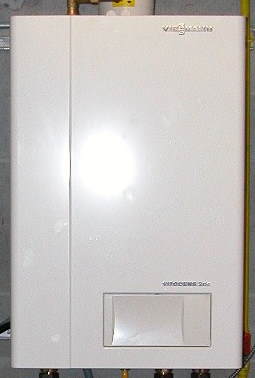 The developer, or future owner, should consider exactly how they want their home to be heated and look.
The developer, or future owner, should consider exactly how they want their home to be heated and look.
They can then instruct their builder to construct their home to these requirements.
Pressurised Central Heating Systems
Pressurised central heating systems ar best described by explaining the difference between gravity fed systems and pressurised modern systems.
A gravity fed system will have a ball valve and tank in the loft to allow it to fill up the system with water.
Whereas, a pressurised system will have a filling loop and an expansion vessel. When cold water in a heating system gets heated the molecules in the water begin to vibrate expand and move upward. In gravity systems the home is heating by using these natural flows and no pump is used.
A pPressurised central heating system is the more modern system which uses a pump to create the circulation of hot water.
Central Heating Radiators
 A variety of central heating raditor types are available today. These are:
A variety of central heating raditor types are available today. These are:
- Single Panel Radiators. Single 'panels' (think of them as 'hot water containers' instead) are your basic radiator. ...
- Double Panel Radiators. Double panel radiators are two single panels stacked against each other (for roughly twice the power) and mounted to your wall. ...
- Column Radiators.
- Heated Towel Rails (popular for the bathroom).
Central Heating Towel Rails
there is nothing like the bliss after a bath of wrapping oneself in a warm to hot bath towel! To ble to do that you'll need to have a central heating or electric towel rail.
Collections are available of standard wall, column and central heating towel radiators, including radiator valves from chrome plated trvs, to traditional style valves. The more expensive/ higher quality versions include controllers and programmable thermostats to help you keep an eye on the temperature and save money on energy use.
Roman Central Heating
Central heating as we know it today got its start in the roman empire. The romans would have an underground source of combustion which would be distributed by holes in the ground and pipes along the walls.
Their villas were adorned by frescoes, mosaics and warmed by central heatin. They did it by using a technology of underfloor heating systems known as hypercaust.
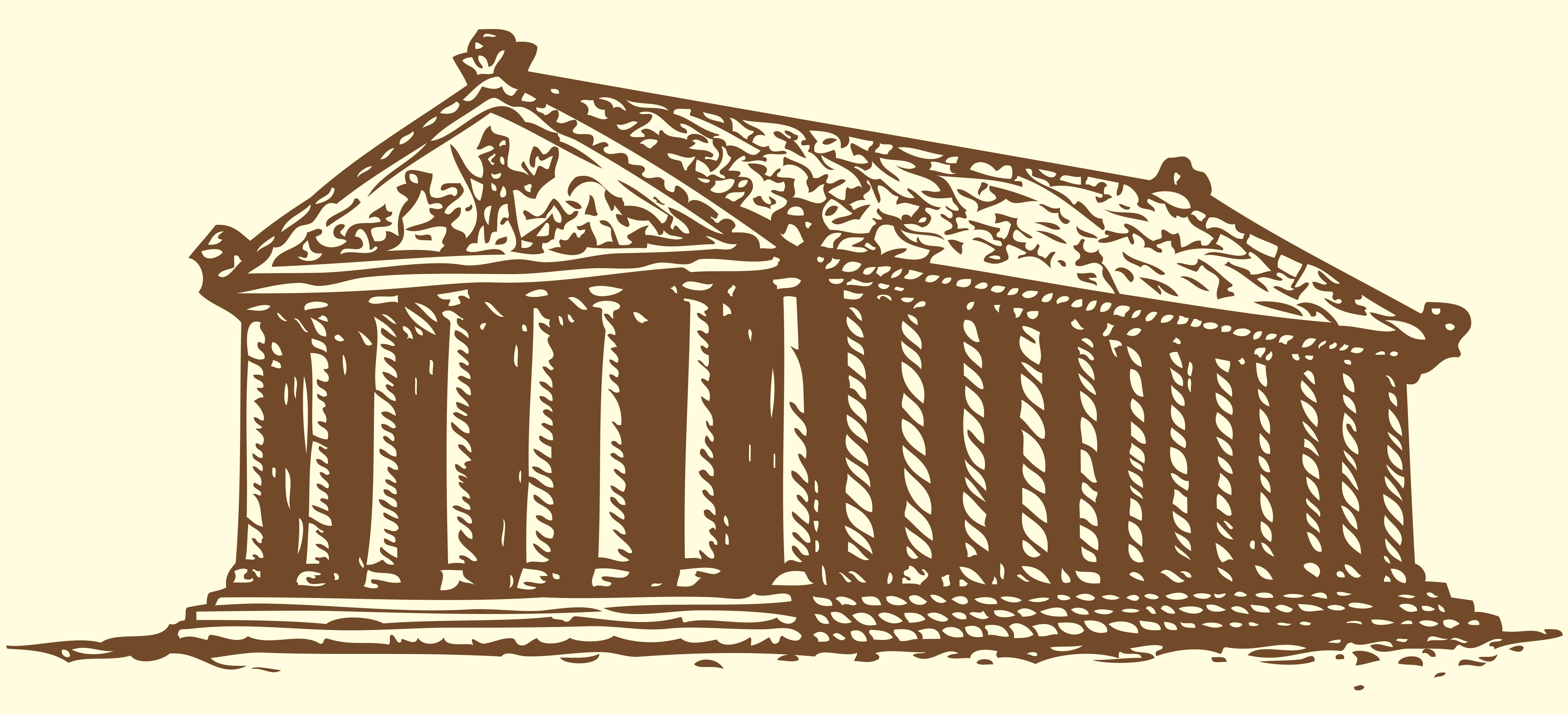 After the fall of their civilization, western heating technologies reverted to more primitive fireplaces for nearly a thousand years.
After the fall of their civilization, western heating technologies reverted to more primitive fireplaces for nearly a thousand years.
The use of central heating was only re-invented in the 19th century, by the wealthy,
The Roman's gained their heat source from a slaves who were required to tend a fire under the side of the building.
Nowadays modern central heating systems use furnaces and boilers. Essentially, a furnace or boiler is the mechanism that produces the heat that your central heating system will then distribute to keep your home warm.
Central Heating System Not Working
Nobody wants to be uncomfortable in their own home, and to find their central heating system not working and in need of repair.
There is an easy answer, to make as sure as can be that you'll not have to worry about whether your furnace or boiler will fail on the coldest day of the year. Get a service done!
To prevent being in a cold home always have your boiler serviced annually.
